There is no centre of the universe! According to the standard theories of cosmology, the universe started with a "Big Bang" about 14 thousand million years ago and has been expanding ever since. Yet there is no centre to the expansion; it is the same everywhere. The Big Bang should not be visualised as an ordinary explosion. The universe is not expanding out from a centre into space; rather, the whole universe is expanding and it is doing so equally at all places, as fa
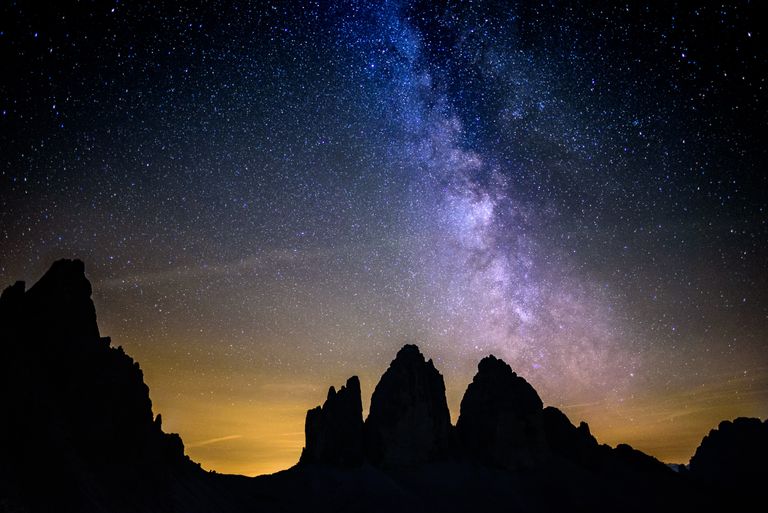
r as we can tell.
In 1929 Edwin Hubble announced that he had measured the speed of galaxies at different distances from us, and had discovered that the farther they were, the faster they were receding. This might suggest that we are at the centre of the expanding universe, but in fact if the universe is expanding uniformly according to Hubble's law, then it will appear to do so from any vantage point.
If we see a galaxy B receding from us at 10,000 km/s, an alien in galaxy B will see our galaxy A receding from it at 10,000 km/s in the opposite direction. Another galaxy C twice as far away in the same direction as B will be seen by us as receding at 20,000 km/s. The alien will see it receding at 10,000 km/s:
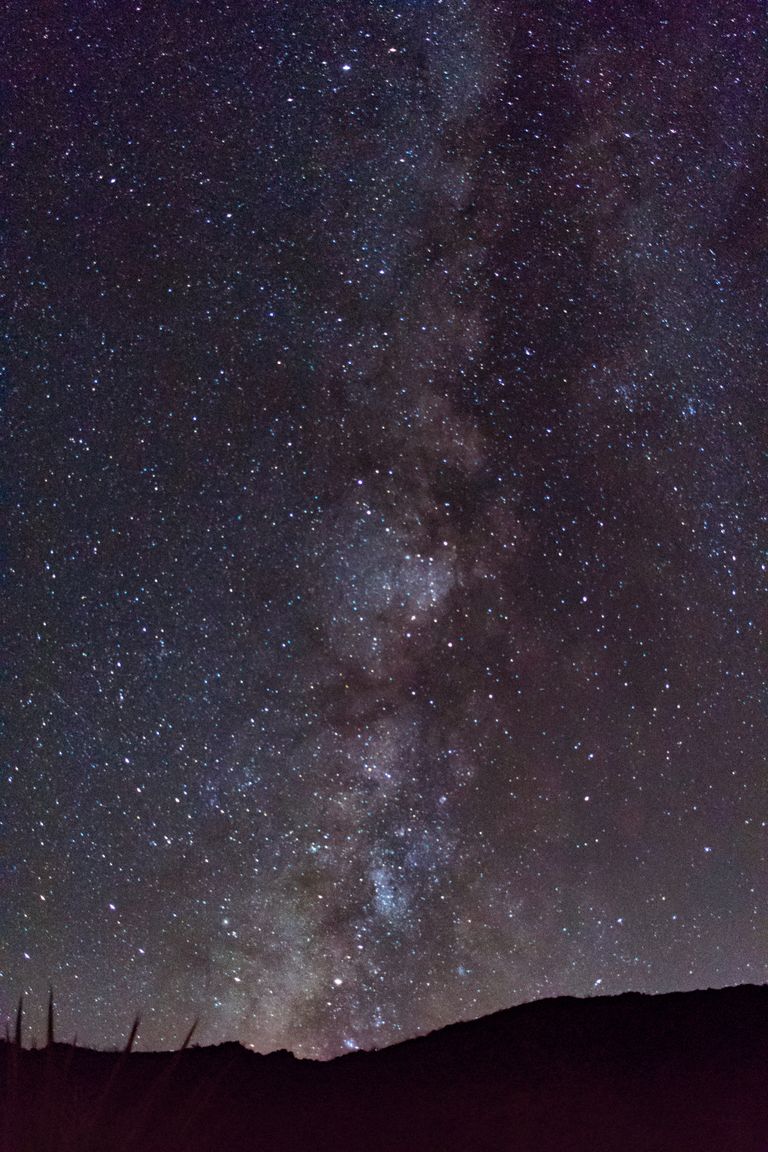
A B C
From A 0 km/s 10,000 km/s 20,000 km/s
From B -10,000 km/s 0 km/s 10,000 km/s
So from the point of view of the alien at B, everything is expanding away from it, whichever direction it looks in, just the same as it does for us.
The Famous Balloon Analogy
A good way to help visualise the expanding universe is to compare space with the surface of an expanding balloon. This analogy was used by Arthur Eddington as early as 1933 in his book The Expanding Universe. It was also used by Fred Hoyle in the 1960 edition of his popular book The Nature of the Universe. Hoyle wrote "My non-mathematical friends often tell me that they find it difficult to picture this expansion. Short of using a lot of mathematics I cannot do better than use the analogy of a balloon with a large number of dots marked on its surface. If the balloon is blown up the distances between the dots increase in the same way as the distances between the galaxies."
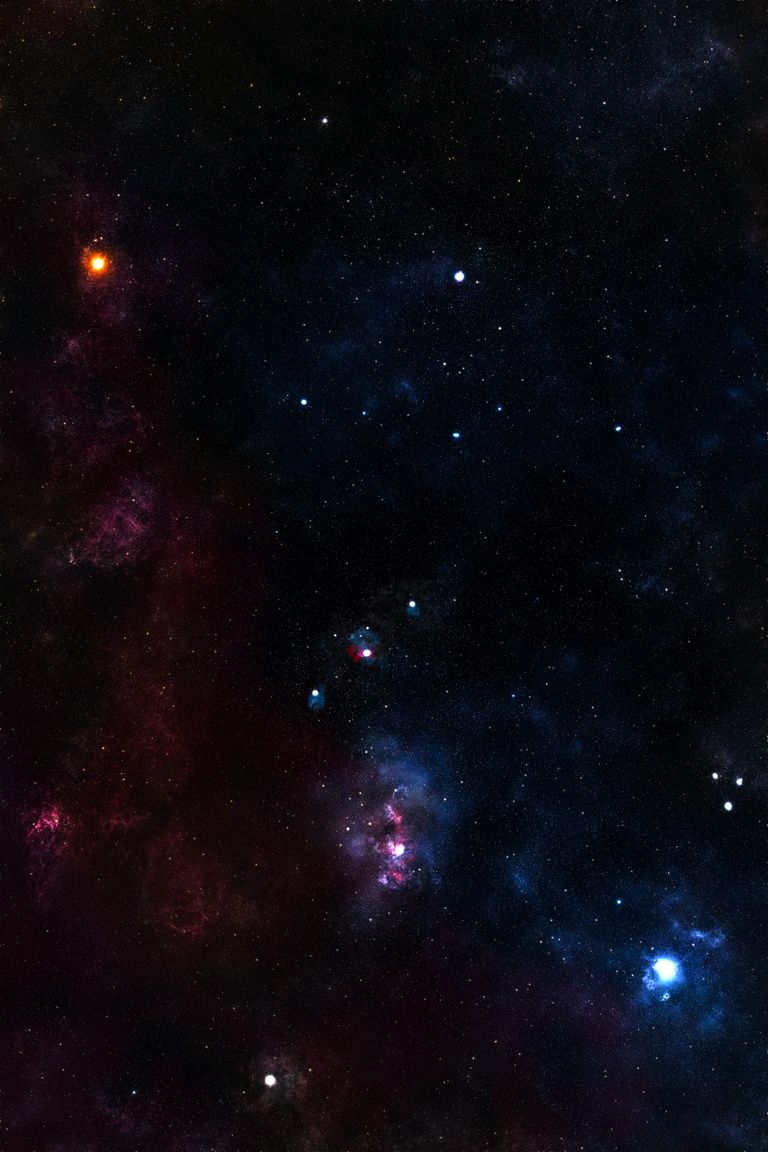
The balloon analogy is very good but needs to be understood properly—otherwise it can cause more confusion. As Hoyle said, "There are several important respects in which it is definitely misleading." It is important to appreciate that three-dimensional space is to be compared with the two-dimensional surface of the balloon. The surface is homogeneous with no point that should be picked out as the centre. The centre of the balloon itself is not on the surface, and should not be thought of as the centre of the universe. If it helps, you can think of the radial direction in the balloon as time. This was what Hoyle suggested, but it can also be confusing. It is better to regard points off the surface as not being part of the universe at all. As Gauss discovered at the beginning of the 19th century, properties of space such as curvature can be described in terms of intrinsic quantities that can be measured without needing to think about what it is curving in. So space can be curved without there being any other dimensions "outside". Gauss even tried to determine the curvature of space by measuring the angles of a large triangle between three hill tops.
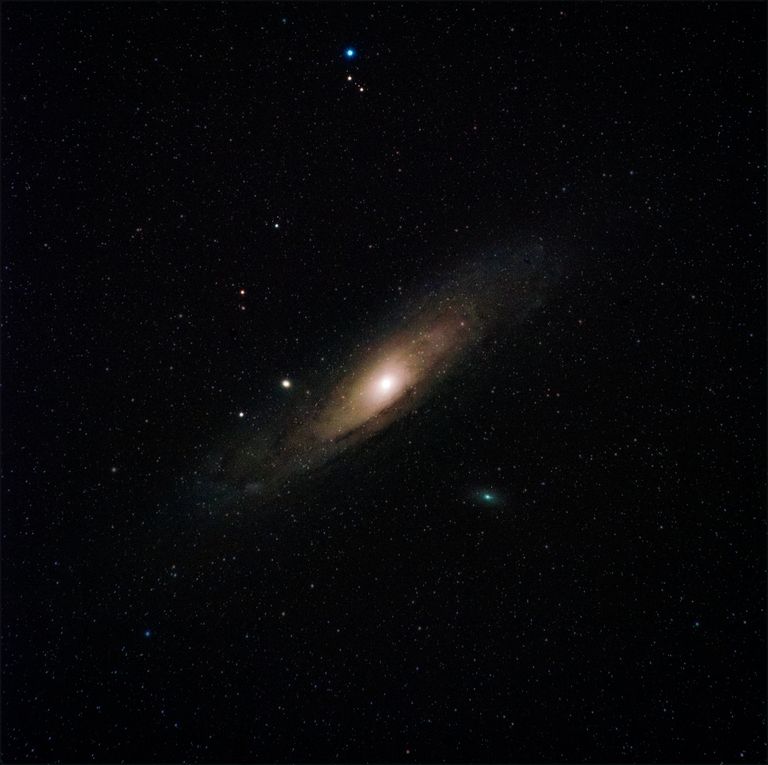
When thinking about the balloon analogy you must remember that. . .
The 2-dimensional surface of the balloon is analogous to the 3 dimensions of space.
The 3-dimensional space in which the balloon is embedded is not analogous to any higher dimensional physical space.
The centre of the balloon does not correspond to anything physical.
The universe may be finite in size and growing like the surface of an expanding balloon, but it could also be infinite.
Galaxies move apart like points on the expanding balloon, but the galaxies themselves do not expand because they are gravitationally bound.
... but if the Big Bang was an explosion
In a conventional explosion, material expands out from a central point. A short moment after the explosion starts, the centre will be the hottest point. Later there will be a spherical shell of material expanding away from the centre until gravity brings it back down to Earth. The Big Bang—as far as we understand it—was not an explosion like that at all. It was an explosion of space, not an explosion in space. According to the standard models there was no space and time before the Big Bang. There was not even a "before" to speak of. So, the Big Bang was very different from any explosion we are accustomed to and it does not need to have a central point.
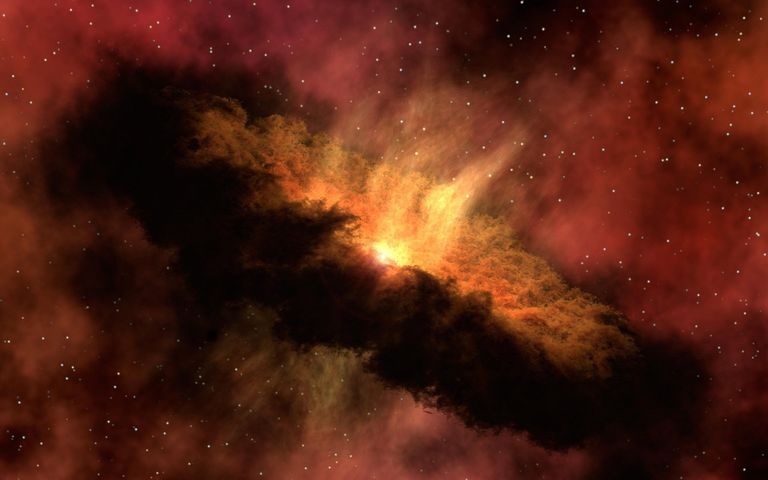
If the Big Bang were an ordinary explosion in an already existing space, we would be able to look out and see the expanding edge of the explosion with empty space beyond. Instead, we see back towards the Big Bang itself and detect a faint background glow from the hot primordial gases of the early universe. This "cosmic microwave background radiation" is uniform in all directions. This tells us that it is not matter that is expanding outwards from a point, but rather it is space itself that expands evenly.
It is important to stress that other observations support the view that there is no centre to the universe, at least insofar as observations can reach. The fact that the universe is expanding uniformly would not rule out the possibility that there is some denser, hotter place that might be called the centre, but careful studies of the distribution and motion of galaxies confirm that it is homogeneous on the largest scales we can see, with no sign of a special point to call the centre.
The cosmological principle
The idea that the universe should be uniform (homogeneous and isotropic) over very large scales was introduced as the "cosmological principle" by Arthur Milne in 1933. Not long before that, it had been argued by some astronomers that the universe consisted of just our galaxy, and the centre of the Milky Way would have been the centre of the universe. Hubble put an end to that debate in 1924 when he showed that other galaxies exist outside our own. Despite the discovery of a great deal of structure in the distribution of the galaxies, most cosmologists still hold to the cosmological principle either for philosophical reasons or because it is a useful working hypothesis that no observation has yet contradicted. Nevertheless, our view of the universe is limited by the speed of light and the finite time since the Big Bang. The observable part is very large, but it is probably very small compared to the whole universe, which may even be infinite. We have no way of knowing what the shape of the universe is beyond the observable horizon, and no way of knowing whether the cosmological principle has any validity on the largest distance scales possible.
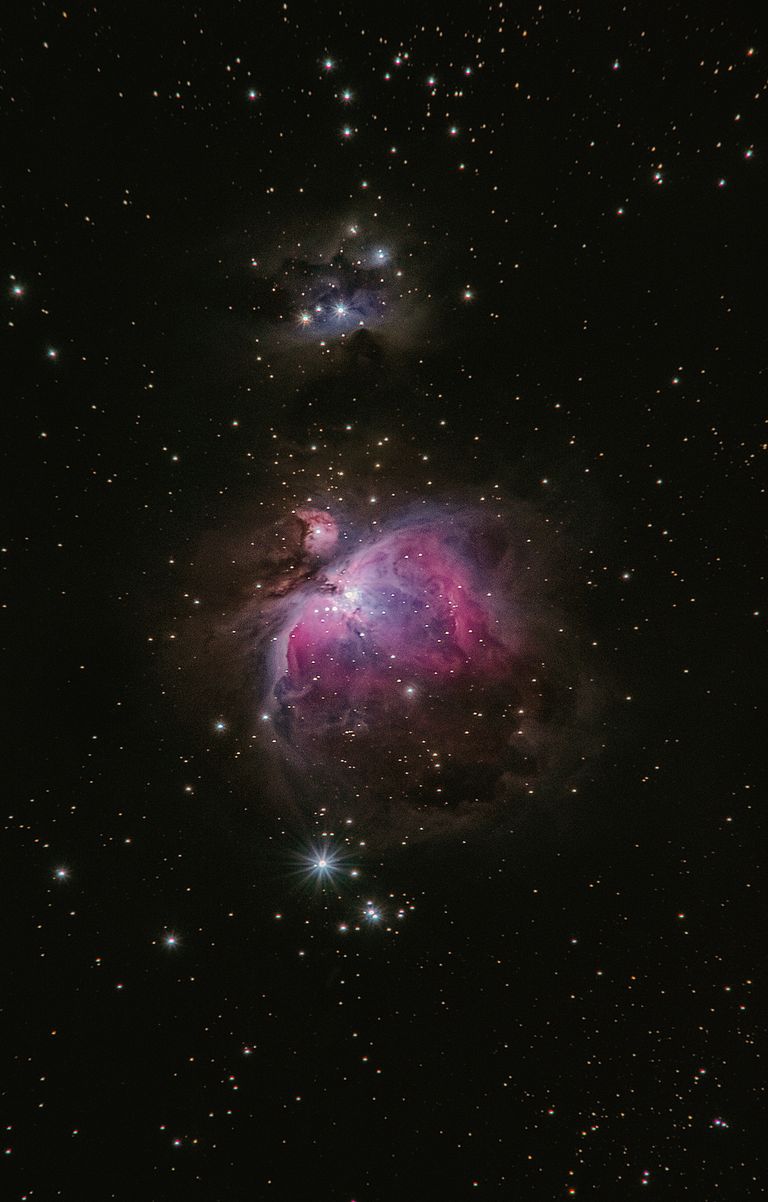
In 1927 Georges Lema�tre found solutions of Einstein's equations of general relativity in which space expands. He went on to propose the Big Bang theory with those solutions as a model of the expanding universe. The best known class of solutions that Lema�tre looked at were the homogeneous solutions now known as the Friedman-Lemaitre-Robertson-Walker (FLRW) models. (Friedmann found the solutions first but did not think of them as reasonable physical models). It is less well known that Lema�tre found a more general class of solutions that describe a spherically symmetric expanding universe. These solutions, now known as Lema�tre-Tolman-Bondi (LTB) models, describe possible forms for a universe that could have a centre. Since the FLWR models are actually a special limiting case of the LTB models, we have no sure way of knowing that the LTB models are not correct. The FLWR models may just be good approximations that work well within the limits of the observable universe but not beyond.
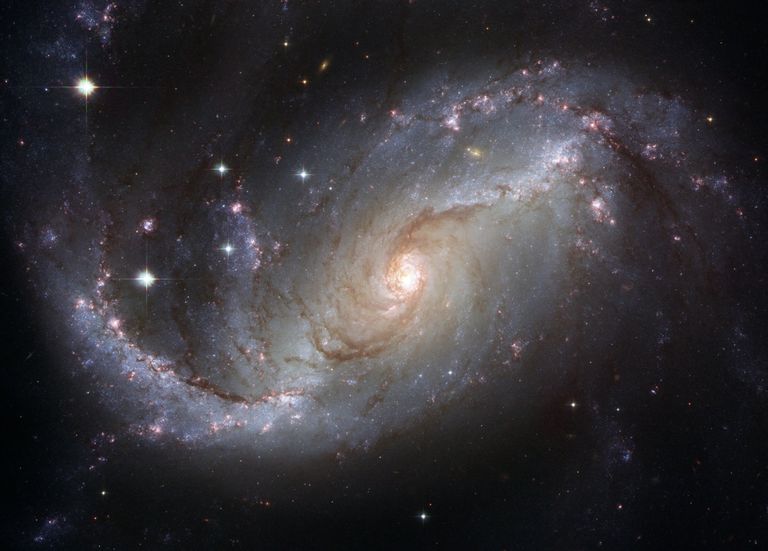
Of course there are many other even less uniform shapes the universe could have, with or without an identifiable centre. If it turned out to have a centre on some scale beyond the observable universe, such a centre might turn out to be just one of many "centres" on much larger scales, just as the centre of our galaxy did before.
In other words, although the standard Big Bang models describe an expanding universe with no centre, and this is consistent with all observations, there is still a possibility that these models are not accurate on scales larger than we can observe. We still have no real answer to the question "Where is the centre

